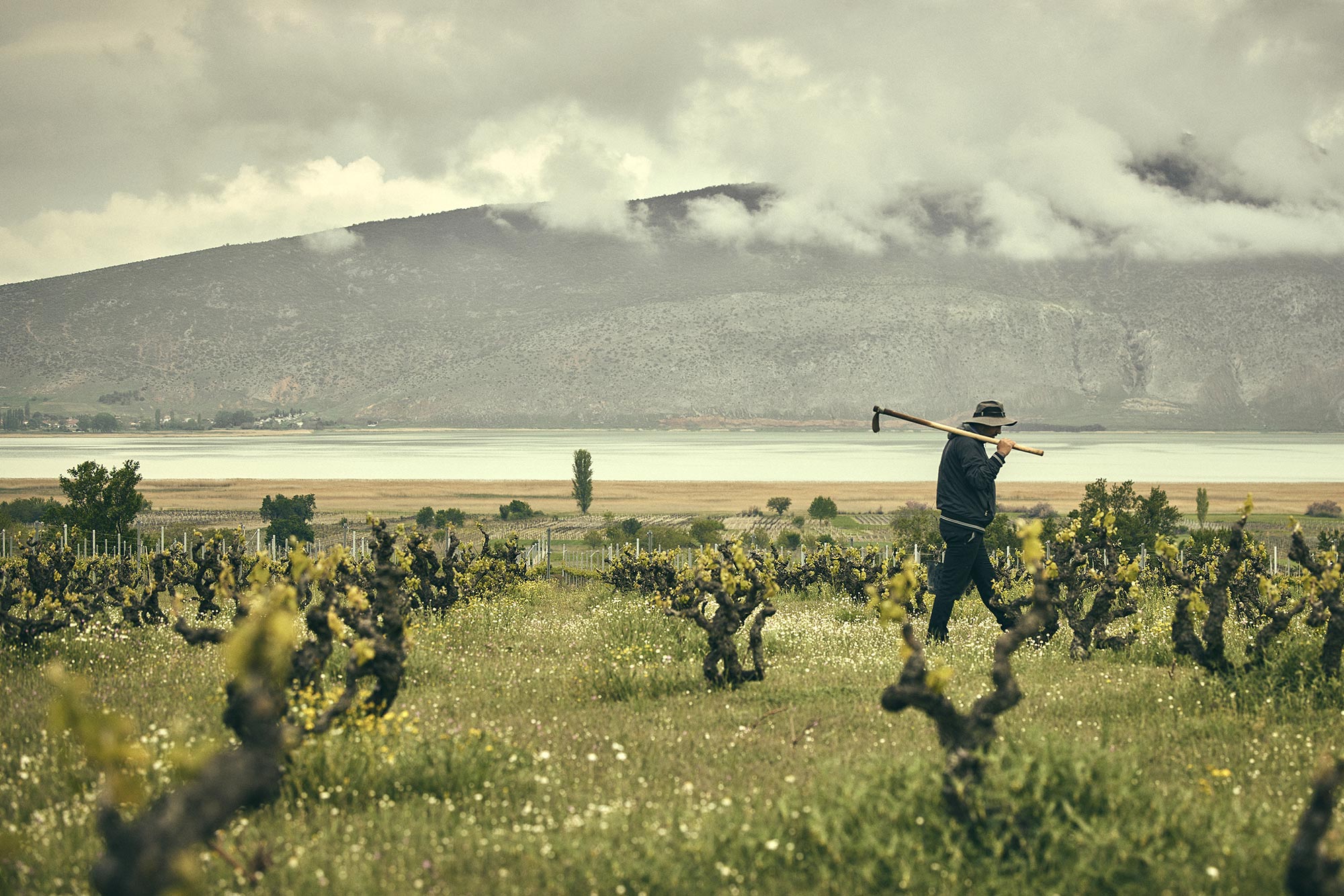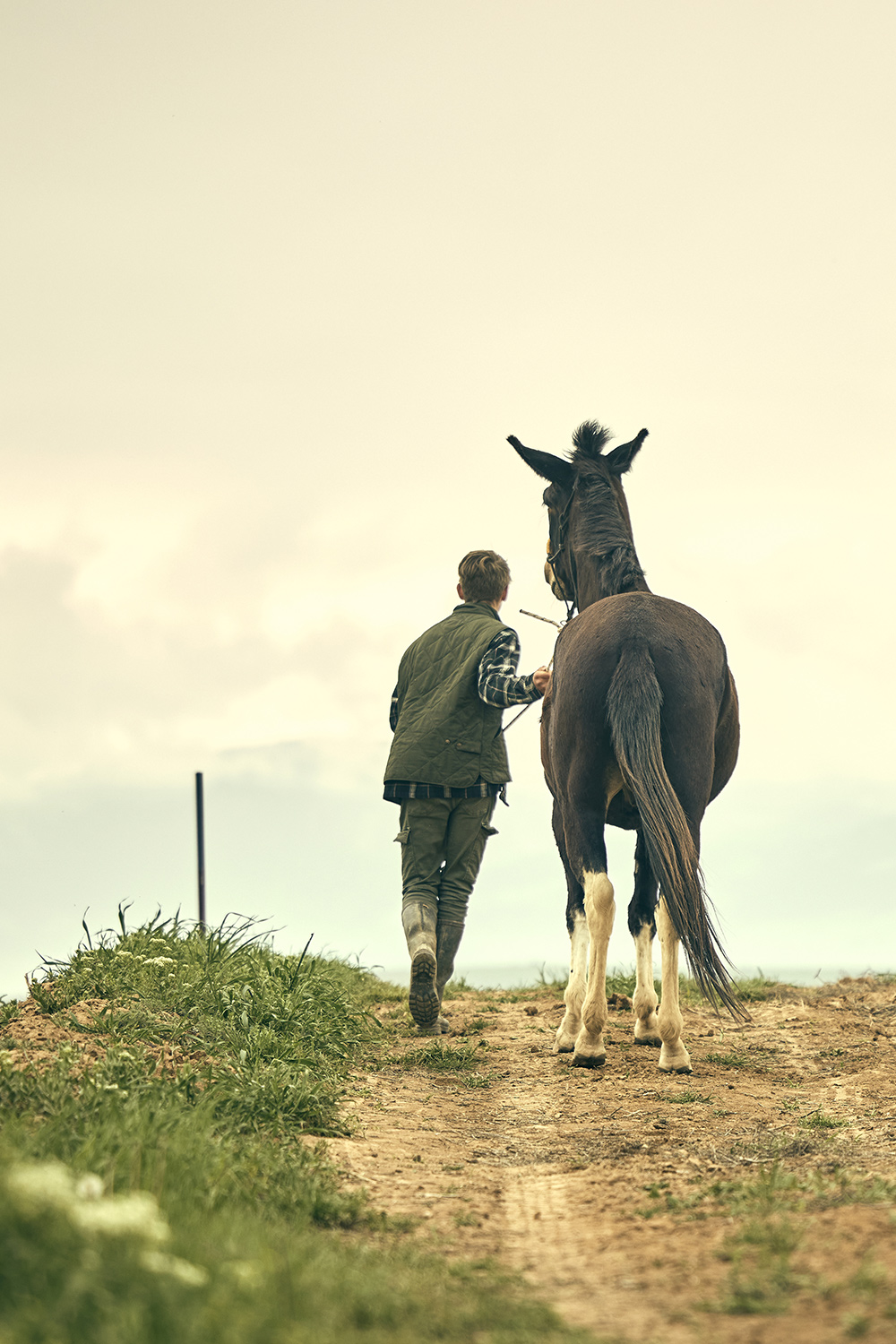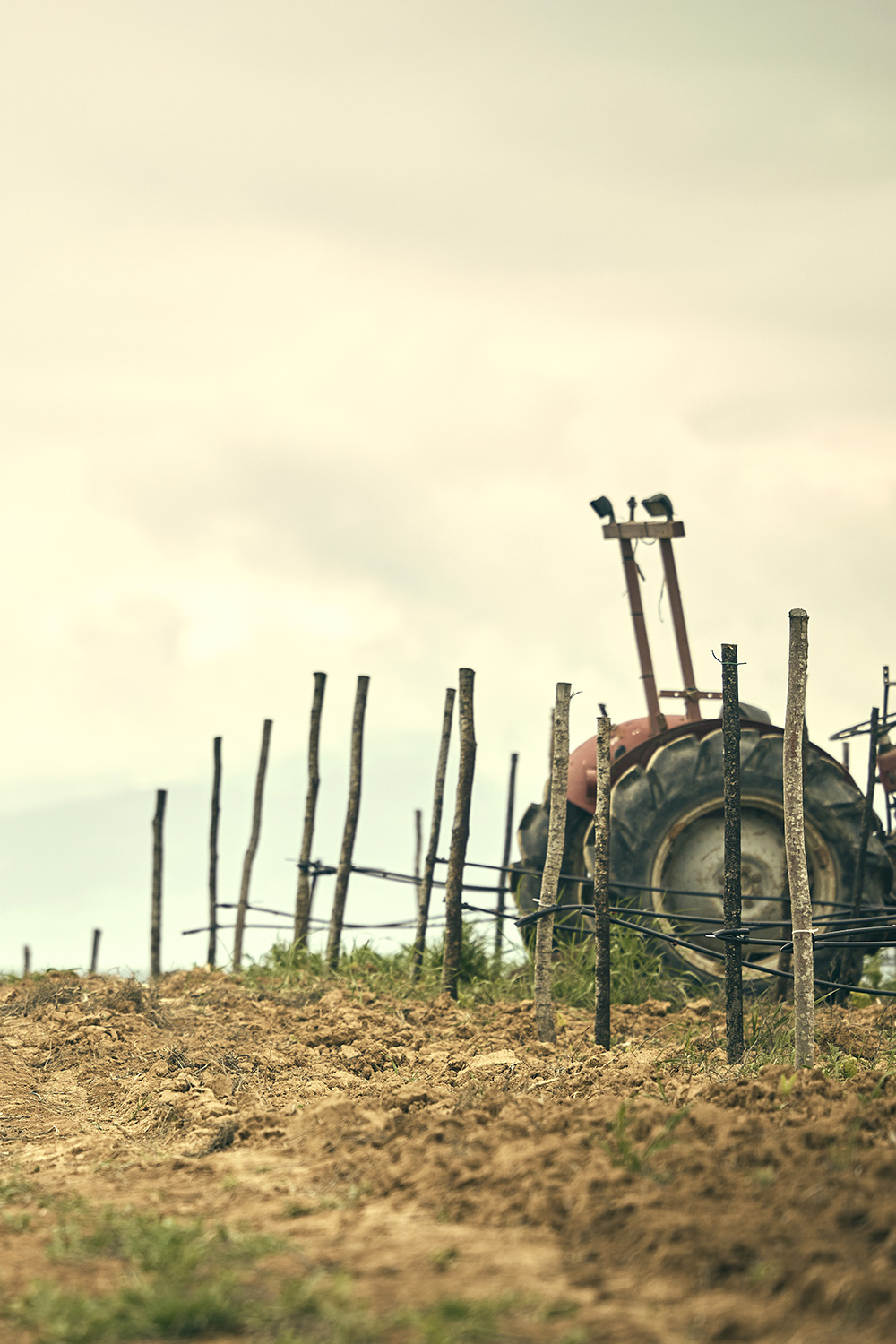Discovering Amyndeon
Nestled in the far north-western reaches of Greece, Amyndeon, or Amyntaio, named after Alexander the Great’s grandfather, boasts a unique terroir that sets it apart from other wine-producing regions. Situated at an elevation of approximately 700 meters above sea level and shielded by Mount Vermio, Amyndeon enjoys a continental climate with a touch of influence from the nearby lakes, most notably Lake Vegoritis, the largest among them. These geographical characteristics contribute to a winegrowing climate unlike any other in Greece, allowing Xinomavro grapes for red wine production to ripen well into mid-October.
Amyndeon stands out as the coolest wine-producing region in Greece, and its soils exhibit diversity across the vineyards. In the slopes west of Amyndeon, sandy clay predominates around Xinonero, while a sandy loam characterizes the plain area just west of Lake Petron, near Ayios Panteleimonas. Notably, the old ‘ampelotopi’ area in Levea, located just above Domaine Karanika’s winery, features sandy lime soil with a marl underlayer, boasting a notably high calcium content. This unique soil composition, akin to the terroir found in Champagne, imparts remarkable pH values—typically on the lower side—for the grapes.
Domaine Karanika recognizes the significance of these diverse terroirs within the Amyndeon Appellation. As part of ongoing experimentation, the winery cultivates grapes in seven different villages within the appellation: Amyndeo, Agios Panteleimonas, Petres, Xinonero, Levea, Pedino, and Aetos. This meticulous exploration allows Domaine Karanika to harness the distinctive characteristics of each terroir, resulting in wines that truly reflect the essence of this extraordinary region.

The old organic vineyards: A journey through terroir
Domaine Karanika proudly presents its certified organic vineyards, a testament to our commitment to sustainable winemaking practices. These exceptional vineyards are not only steeped in history but also showcase a diverse range of soils, contributing to the unique character of our wines.
Area A – Winery Surroundings:
Soil Varieties: Alluvial, Sandy Loam, Sandy Clay, Sandy Lime Soil with Calcium-Rich Subsoil
Around our winery, situated on what was once the shore of Lake Vegoritis, we cultivate vineyards with diverse soil compositions. Notably, we have revived the nearly extinct Limniona variety (2006) and introduced Assyrtiko (2006). These vineyards, cared for by Fanouri and Ginger, embody our tractor-free philosophy. The heavy alluvial soil imparts a rounded and robust base to our Assyrtiko wines. Just 100 meters away lies the historic Ampelotopia vineyard area of Levea, rich in calcium content due to its lime and marl subsoil. Similar to Champagne’s soil, this region nurtures our Assyrtiko and Xinomavro vines for sparkling wines. With bone-dry minerality and low pH levels, the results have been exceptionally promising, leading us to expand our plantations in this area.
Area B – Rasto and Sotirtsko:
Soil Characteristics: Varied Old Vineyards, Ungrafted
Area B encompasses Rasto and Sotirtsko, originally known by their Slavic names during Amyntaio’s history as Sorowits. Here, we find the historical heart of Domaine Karanika’s vineyards. The Sotirtsko vineyard, planted in 2012, adds remarkable length and botanical notes to our Red Xinomavro Old Vines. This wine is artfully blended with vineyards from the Rasto area, planted in the 1960s and 70s. Due to our low-intervention and minimal nitrogen practices, natural yield reduction has occurred, eliminating the need for destructive green harvesting. The tiny Xinomavro grapes contribute to wine concentration. Our production in this area is limited, with just 5,000 bottles originating from 2 hectares. Notably, all the vineyards in this region remain ungrafted.
Area C – Bella Tumba (White Hill):
Soil Characteristics: Lime and Calcium-Rich Soil, Sandy Texture, Ungrafted
Area C, known as Bella Tumba or “White Hill,” is distinguished by its higher lime and calcium content and sandy texture. Our vineyards in this region also remain ungrafted. Most of the grapes from this area are destined for our Extra Cuvee de Reserve, a zero-dosage sparkling wine aged for five years on the lees. This wine is renowned for its elevated acidity and exceptional minerality.


Area D – Lakeside Vineyards:
Soil Characteristics: Sandy Soil, Close Proximity to Lake Petron
Nestled closer to Lake Petron, Area D encompasses subareas like Nivigratsko, Sioska, and Bara. The proximity to the lake offers protection to the vines during very dry summers, preventing dehydration. These sandy soils are particularly well-suited for crafting high-quality rosé sparkling wines, combining fruity notes with elevated acidity and minerality.
Area E – Lakeside Vineyards II:
Soil Characteristics: Sandy Soil, Shores of Lake Petron
Area E lies directly on the shores of Lake Petron and was once considered a lower-quality region within the Amyndeo appellation. However, we believe this assessment to be inaccurate. Traditionally, these vineyards had high yields but were susceptible to diseases like Oidium, Peronosporos, and Botritis due to high humidity. Through meticulous vineyard management practices such as leaf removal, higher canopy, reduced fertilizer use, and cover crops, our Karanika team has transformed these vineyards. They now yield pristine grapes in both wet and dry years. These grapes are the foundation for our Blanc de Noirs and Karanika Cuvee Speciale. They boast refreshing acidity, a juicy and floral character, and low color content.
Area F – Warmth of Petres:
Soil Characteristics: Warm, High-Yielding Vineyards
Area F, situated around the village of Petres, experiences warmer temperatures compared to other regions. However, the higher yields from these vineyards make them less suitable for Karanika’s red wine production. It typically takes more than a decade of nitrogen reduction for traditional vineyards to lower yields. Nonetheless, these grapes are exceptional for crafting our Cuvee Speciale and Cuvee Rose, contributing to their unique profiles.
Area G – The Cold Challenge in Pedino:
Soil Characteristics: Coldest Vineyards, South-Facing Hill
Area G hosts some of the coldest vineyards, primarily located around the village of Pedino. Here, Xinomavro grapes face challenges in ripening fully. However, Xinomavro possesses the remarkable ability to offer warm and ripe aromas even when not fully phenolically ripe, typically around 9 baume (1066 Specific Gravity or 16-17 Brix). The extended lees aging in the bottle, a hallmark of the traditional method, softens the wine’s edges. It is in these vineyards that the foundation of our Cuvee Speciale and Cuvee Rose is established, built upon the wine’s tannin structure and acidity—the backbone of our exceptional wines.
Explore the depths of our organic vineyards, where each terroir contributes to the exceptional quality and character of Domaine Karanika’s wines.






